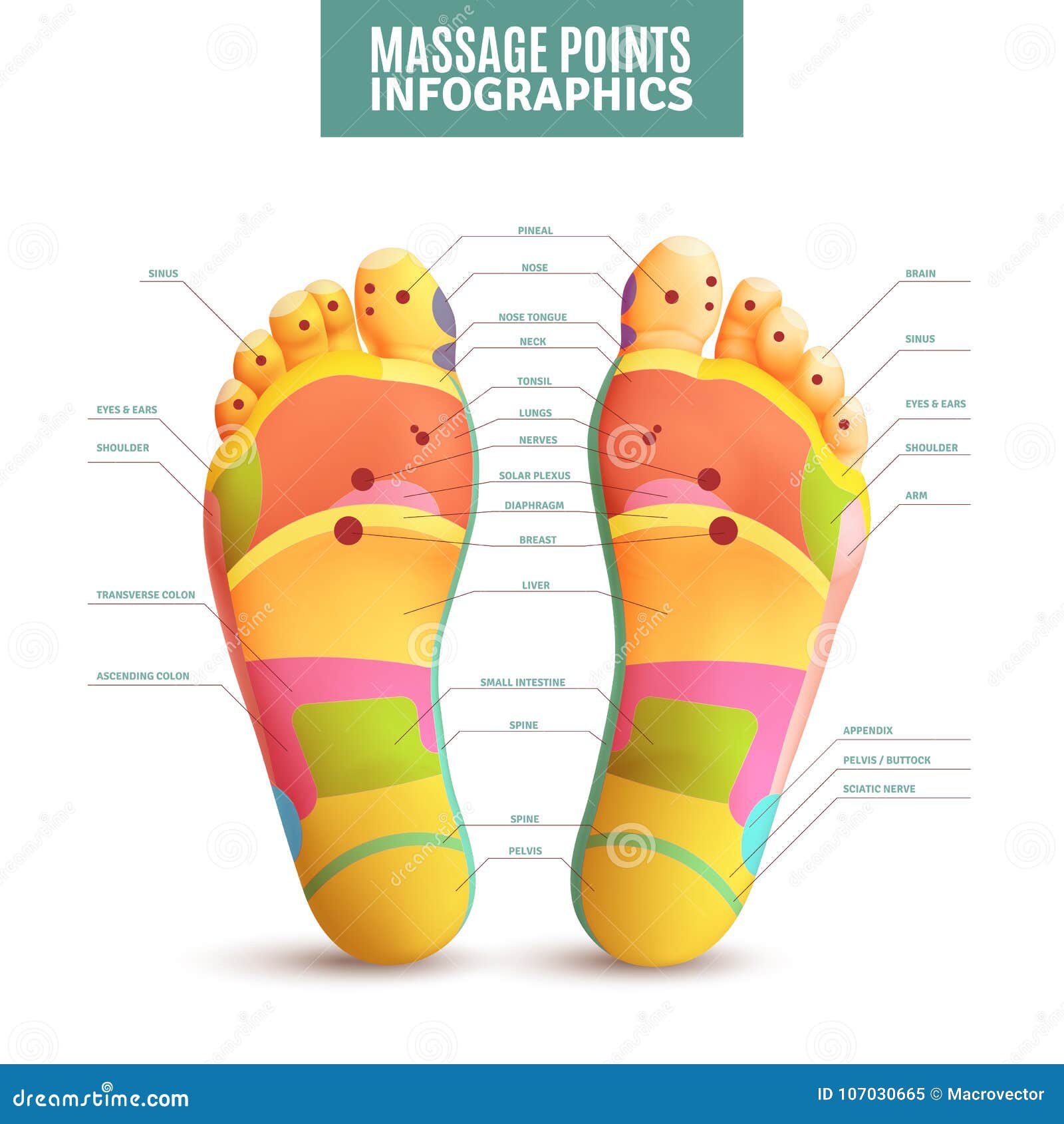Selecting The Best Sports Massage Therapist For The Right Job
Selecting The Best Sports Massage Therapist For The Right Job
Blog Article
Sports Massage and Joint Mobility
Sports massage is more focused than a traditional Deep Tissue massage and utilizes techniques such as stretching to help muscles and soft tissue recover from physical exertion. It can also help prevent injury and improve performance in sport.
One physiological effect of a Sports massage is the increase in tissue elasticity. Stretching manipulations such as wringing and skin rolling increase the flexibility of muscle fibres and fascia compartments.
Increased Range of Motion
The rhythmic manipulations of sports massage increase the temperature of soft tissue, enhance elasticity and break down adhesions. This results in reduced swelling, decreased pain and improved muscle function. The removal of metabolic waste (like lactic acid) aids in speeding up recovery time and allows athletes to train more often and at a higher intensity.
Studies have shown that a single session of massage increases the flexibility of a leg when compared to control groups but these changes are not permanent. Further research is required to determine if more frequent and longer duration massages are necessary for permanent flexibility gains.
Massage decreases pain by increasing circulation to the area, loosening tight muscles and releasing endorphins, which are the body’s natural painkillers. In addition, the stretching manipulations of massage increase muscle fibre elasticity, which can reduce injuries by decreasing the risk of overstrain. The increased elasticity of the muscle can also help reduce the occurrence of tightness and soreness after exercise.
Reduced Muscle Tension
One of the physiological effects that Massage can provide is reducing muscle tension. Massage creates friction between the skin and fingers which encourages blood flow to the tissues allowing them to warm up increasing flexibility and movement in muscle fibres, fascia tissue, ligaments and tendons.
Research shows that Sports Massage can help reduce the levels of lactic acid in the muscles following intense exercise helping to prevent post-workout muscle soreness, commonly known as DOMS (delayed onset of muscle soreness). It improves circulation and delivery of oxygen to the muscles allowing them to recover faster.
Regular sessions of Sports Massage can also enhance athletic longevity by preventing muscular imbalances and injuries that can occur during sporting events. Sports Massage can be used as a pre-event massage to warm up muscles and boost circulation, and as a post-event massage to aid in recovery from strenuous activity, reduce soreness and promote relaxation. The increased flexibility and range of motion can help to prevent injury, especially strains and sprains.
Reduced Risk of Injuries
Sports Massage manipulates the soft tissues and breaks down adhesions that form within muscles. These fibrous adhesions limit the movement of muscle fibres and cause tightness. The deep friction techniques of a sports massage will break down these adhesions to allow normal muscle fibre movement and increase flexibility.
It also increases the elasticity of muscle tissue – this means it’s less likely to be injured during play. This is important as it reduces the time it takes to recover from an injury and improves overall muscular performance.
A few studies have found that massage decreases pain and DOMS induced by exercise. These studies have shown a reduction of around 13%, but the heterogeneity was high and a head-to-head randomised controlled trial would be required to confirm where to rent sports massage equipment this finding.
Increased Flexibility
One of the primary goals of sports massage is enhancing muscle flexibility and joint mobility. Several techniques, including effleurage (long gliding strokes) and petrissage (kneading, rolling, and squeezing), are used to break up tight muscles and adhesions. These manipulations also increase the pliability of muscles, fascia, and ligaments, improving the quality of tissue condition.
In addition to enhancing flexibility and range of motion, sports massage can help break down inflexible scar tissue. This scar tissue is the result of an injury and can restrict movement of muscles and joints. Many people find that their muscles are more flexible after receiving a sports massage, allowing them to move and stretch easier.
Finally, regular sports massage can boost the immune system by reducing stress levels and promoting relaxation. This can help reduce the risk of illness, thereby helping athletes perform at their best. This is especially true for athletes who train in high-intensity environments, where a strong immune system is essential to combat fatigue and nutrient depletion.